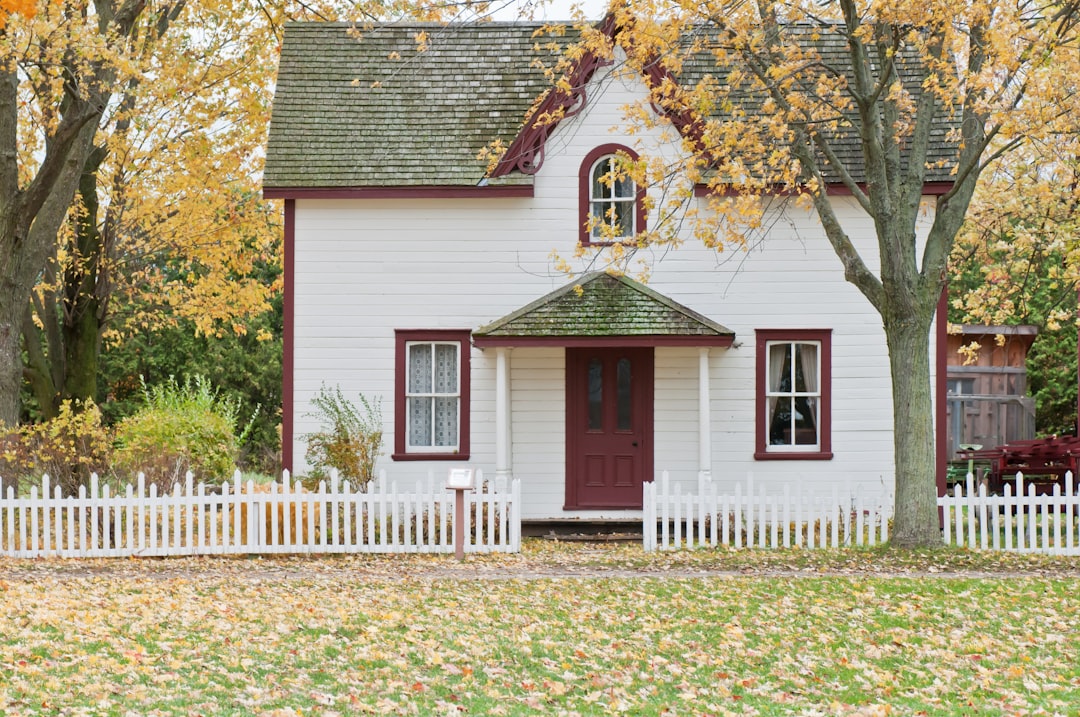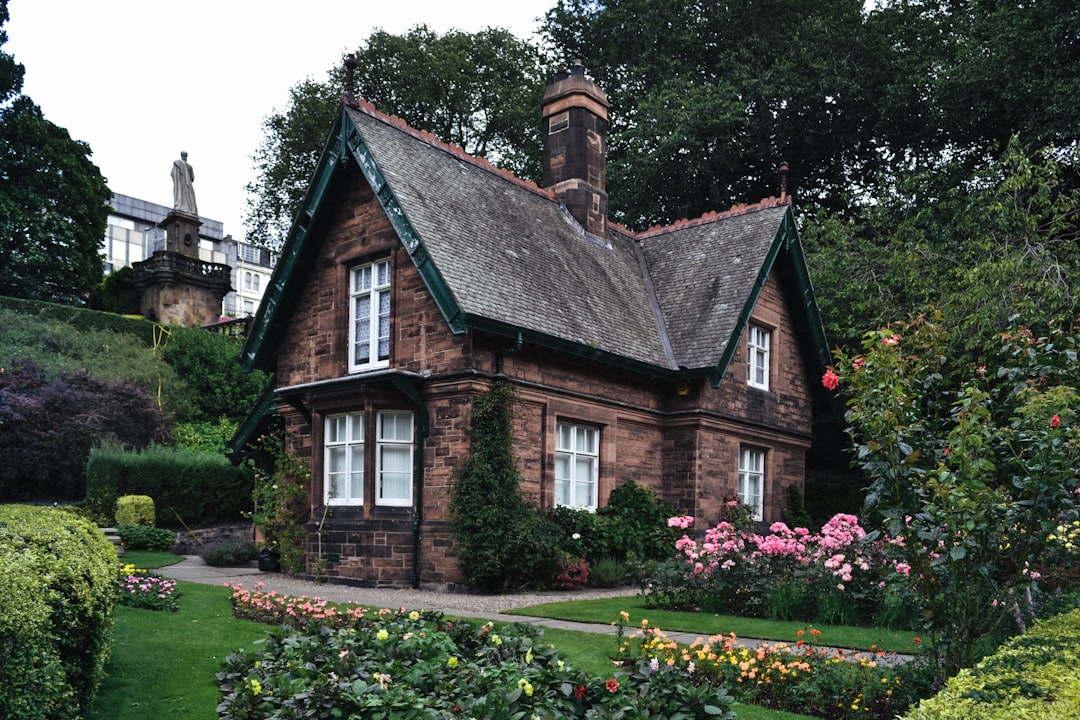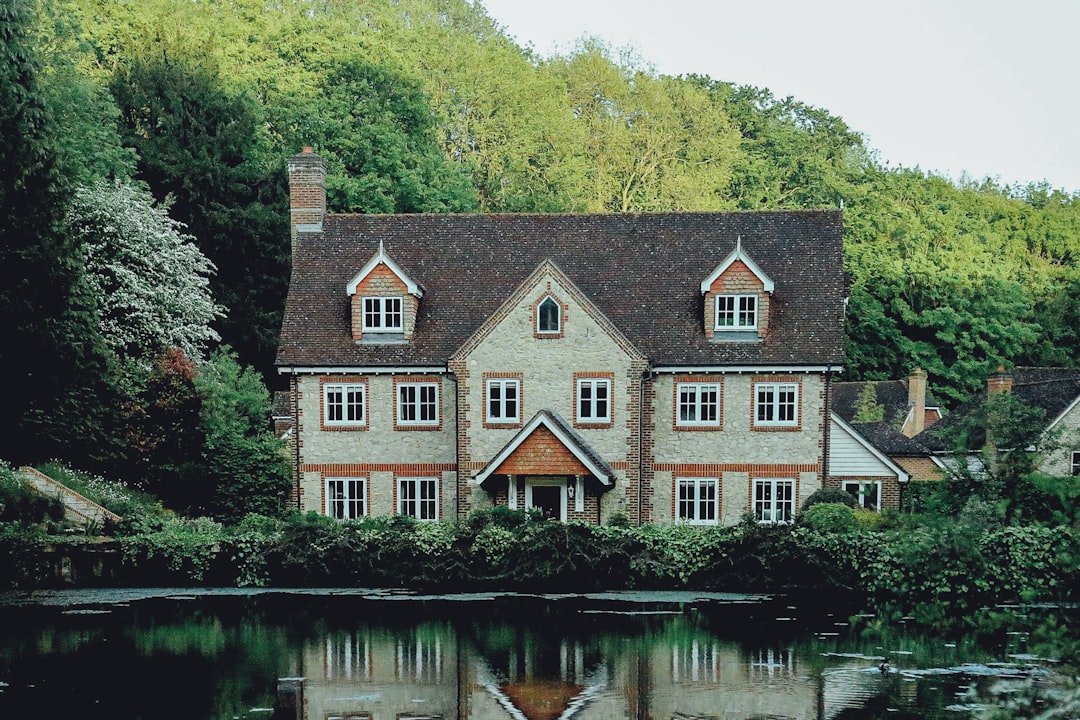The restoration of heritage and historical homes is a delicate process that ensures these irreplaceable treasures are preserved for future generations. It involves adhering to strict preservation standards and utilizing traditional materials and craftsmanship to maintain the buildings' authenticity. This meticulous work not only retains the character of the homes but also supports local employment, promotes sustainable practices by repurposing existing materials, and bridges the gap between historical significance and modern environmental ethics. The process is guided by expert assessments to document conditions, identify original features, and respect the home's place in history, ensuring compliance with heritage regulations. Collaboration with preservation specialists, including architects and historians, from the outset is essential for a faithful restoration that honors both the architectural integrity and the historical importance of these homes. Additionally, navigating legal stipulations and securing appropriate funding through grants, tax credits, and loans tailored for preserving historical properties are critical steps in this endeavor. This comprehensive approach to restoring heritage and historical homes not only respects their legacy but also secures their enduring value, maintaining their admiration and relevance across generations. #HeritageHomes #HistoricalHomesRestoration
Heritage homes stand as testaments to our past, each brick and beam woven into the cultural fabric of our communities. The act of restoring these treasures is not merely a construction project; it’s a commitment to preserving history for future generations. This article delves into the essential aspects of heritage home restoration, from recognizing their significance to navigating legal frameworks and securing funding. By exploring ‘Understanding the Importance of Heritage Home Restoration,’ ‘Assessing and Planning the Restoration of Historical Homes,’ ‘Best Practices for Preserving Architectural Significance During Renovation,’ and ‘Navigating Legal Considerations and Funding Options for Heritage Home Restoration,’ we aim to provide a comprehensive guide for those undertaking this noble endeavor. Join us as we chart the path to reviving these homes with honor and integrity, ensuring they continue to tell their stories for years to come.
- Understanding the Importance of Heritage Home Restoration
- Assessing and Planning the Restoration of Historical Homes
- Best Practices for Preserving Architectural Significance During Renovation
- Navigating Legal Considerations and Funding Options for Heritage Home Restoration
Understanding the Importance of Heritage Home Restoration

Heritage homes hold a unique place in the cultural and architectural tapestry of many regions. These structures often serve as physical reminders of past eras, offering insights into historical construction methods, design aesthetics, and the social context of their times. The preservation and restoration of these homes are critical for maintaining the continuity of local history and architectural integrity. Restoration projects for heritage homes demand a deep understanding of the original materials, craftsmanship, and design elements used in their construction. This intricate work goes beyond mere repair; it involves a careful analysis to authentically recreate or replicate features that may have been lost over time. By doing so, these homes are preserved for future generations to appreciate and learn from. Moreover, the process of restoring heritage homes supports local economies by creating specialized jobs and often leads to sustainable practices due to the focus on salvaging original materials. This not only upholds the historical significance but also aligns with contemporary values of conservation and eco-friendliness. In essence, heritage home restoration is a delicate endeavor that honors the past while contributing to the present and future, ensuring that these architectural gems continue to stand as testaments to their era for years to come.
Assessing and Planning the Restoration of Historical Homes

When embarking on the restoration of heritage homes, it is imperative to conduct a thorough assessment of the property’s condition and historical significance. This initial step involves documenting the home’s current state, identifying original materials and features, and understanding its architectural and historical context within the community. Preservation experts should be engaged early in the process to evaluate the extent of necessary repairs or alterations, ensuring that any intervention is sympathetic to the home’s original integrity. This careful planning ensures compliance with local heritage regulations and safeguards the authenticity of the structure.
The planning phase also requires a strategic approach to sourcing materials and crafting solutions that align with the home’s era. For instance, if the historical home is from the Victorian period, the restoration should aim to use or replicate the specific types of wood, plaster, glass, and other materials typical of that time. The goal is to restore or reconstruct elements faithfully, maintaining the architectural character and ensuring the home’s longevity. This meticulous process not only preserves the heritage homes for future generations but also contributes to the cultural and historical richness of communities, fostering a deeper connection with their past through tangible, preserved architecture.
Best Practices for Preserving Architectural Significance During Renovation

When undertaking renovations on heritage homes or historical structures, it is imperative to approach the project with a deep respect for their architectural significance and the historical context they embody. The first best practice is to engage with experts who specialize in preservation, including architects, historians, and conservators, early in the process. Their guidance ensures that interventions are sympathetic to the original design and construction methods. Careful documentation of existing conditions, including detailed measurements and condition assessments, forms a critical foundation for any restoration work.
During renovations, it is crucial to prioritize the retention of original materials and features wherever possible. This includes maintaining the building’s historic fabric, such as woodwork, plaster moldings, stained glass, and hardware. If replacements are necessary, materials should match the originals in both appearance and durability. Advanced technologies like non-invasive imaging can aid in understanding the construction techniques of the past, allowing for informed decisions that preserve the home’s architectural integrity. Additionally, integrating modern amenities and systems requires thoughtful design to avoid disrupting the home’s historical character. Employing best practices in preserving architectural significance during renovation not only honors the legacy of these homes but also ensures their longevity for future generations to appreciate.
Navigating Legal Considerations and Funding Options for Heritage Home Restoration

navigating the intricate landscape of restoring heritage and historical homes involves a multifaceted approach that hinges on understanding both legal considerations and available funding options. Homeowners undertaking such projects must first familiarize themselves with the specific regulations governing their property. These may include local zoning laws, national preservation guidelines, and in some cases, designation as a landmark or within a historic district. Each of these can dictate permissible materials, restoration practices, and design modifications, ensuring the authenticity and integrity of the home are preserved.
Once the legal framework is understood, the next pivotal step is to explore funding options. Various grants, tax credits, and loan programs are designed specifically for the upkeep of heritage homes. These financial mechanisms can be sourced from governmental bodies, non-profit organizations, and private institutions. Each option comes with its own set of criteria and application processes, which may include a demonstrated commitment to maintaining historical features, adherence to preservation standards, and an overall plan that respects the home’s heritage. Prospective restorers should engage with local conservation officers or cultural resource consultants who can provide guidance on both the legal intricacies and financial assistance available for their specific project. This proactive approach ensures a well-informed restoration journey, one that honors the legacy of the historical home while also addressing modern needs and sustainability practices.
Restoring heritage homes is a meticulous endeavor that honors our past while ensuring these treasures of architectural significance stand for future generations. This article has illuminated the critical importance of such restoration efforts, outlining essential strategies from assessing and planning to navigating legal considerations and securing funding. By adhering to best practices in preserving architectural integrity during renovation, we can safeguard the legacy enshrined within these walls. As stewards of our cultural heritage, it is imperative that we champion the conservation of historical homes, recognizing them not merely as buildings but as vestiges of human ingenuity and history. Embracing this responsibility ensures that the stories they tell continue to resonate and inspire for years to come.
